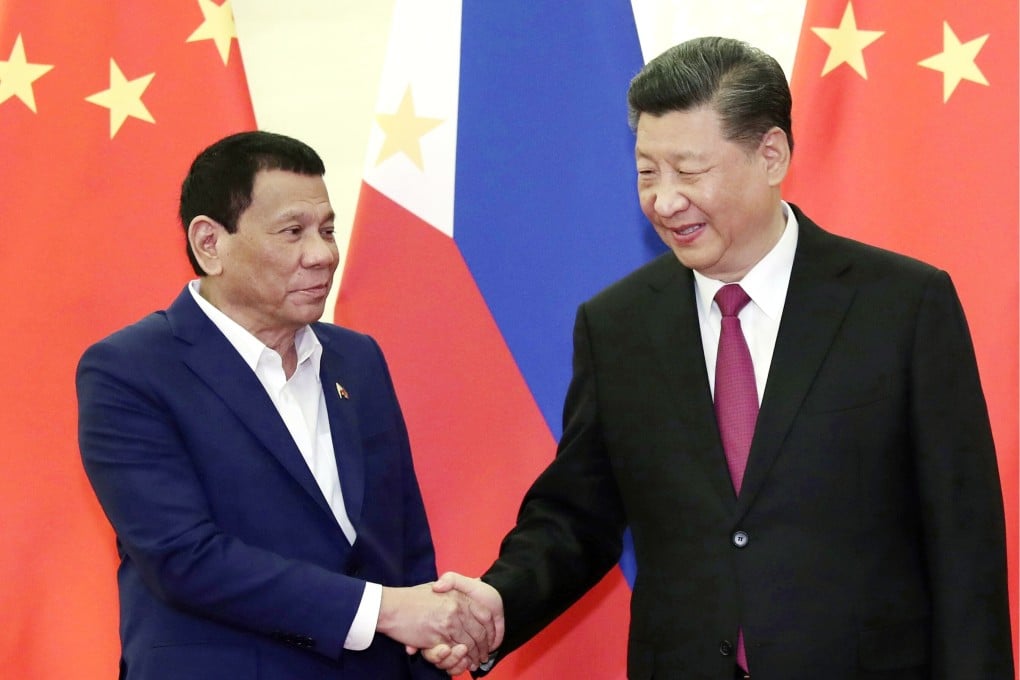Advertisement
Explainer | Dictator Marcos, Duterte’s drug war and Islamic militancy in Philippines
- Philippines became independent in 1946 after the second world war but remains one of America’s long-standing allies in the region
- Rodrigo Duterte ran for president in 2016 promising brutal purge of suspected drug dealers. Upon his election, he followed through
Reading Time:5 minutes
Why you can trust SCMP
0

The Philippines is made up of more than 7,000 islands – only about 2,000 are inhabited. It was colonised by Spain for more than three centuries and named after a 16th-century Spanish king before being taken over by the US in 1898 and subsequent Japanese occupation from 1942-45. It became independent in 1946 after the second world war.
The Philippines is one of America’s long-standing allies in the region by virtue of a 1951 Mutual Defence Treaty. In 2014, both countries signed the Enhanced Defence Cooperation Agreement, a 10-year security allowing an increased US military presence in the Philippines to counter China’s rising influence in the South China Sea.

The rise and fall of the Marcos regime
Ferdinand Marcos was president of the Philippines from 1965-86 before being ousted by the “People Power” revolution and forced to flee into exile.
Marcos was democratically elected in 1965 and 1969 but declared martial law in 1972, citing alleged threats of communists insurgency, and ruled as a dictator before he was overthrown.
His regime became infamous for its corruption and human rights abuses, including arbitrary detention, torture, forced disappearances and extrajudicial killings.
In 2004, anti-corruption watchdog Transparency International named Marcos the second-most corrupt leader of all time, behind Indonesian dictator Suharto. The Marcoses and their cronies stole up to US$10 billion from the Philippine Treasury during his rule, according to government investigators and historians.
Advertisement